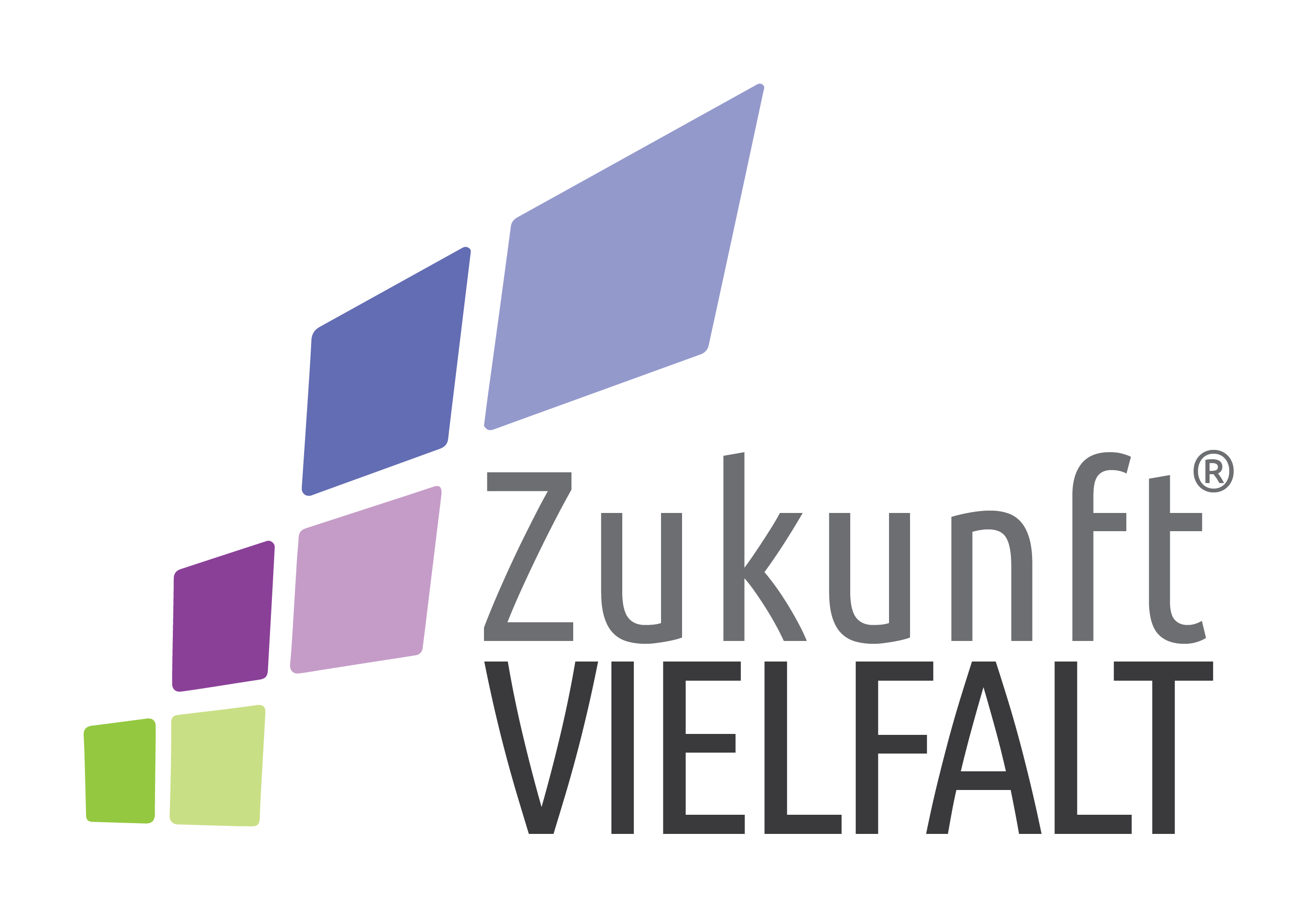PUBLICATION OF THE MONTH MAY (2014)

Validation and application of sub-2 μm core–shell UHPLC–UV– ESI–Orbitrap MS for identification and quantification of β-carotene and selected cleavage products with preceding solid-phase extraction
G. Martano, E. Bojaxhi, I. C. Forstenlehner, C. G. Huber, N. Bresgen, P. M. Eckl, H. Stutz
Abstract:
A validated UHPLC method using 1.7 µm core-shell particles is presented for the identification and quantification of beta-carotene (BC) and related cleavage products (CPs) in primary cell culture media. Besides BC, apo-4´-, apo-8´-, apo-10´-, and apo-12´-carotenal, as well as 5,6-epoxy-beta-carotene were selected as target analytes. Detection was performed via an 80 Hz diode array detector and ESI-LTQ-Orbitrap XL mass spectrometer, both hyphenated in series. Total analysis time was below six minutes with peak widths < 12 s. Addition of trifluoroacetic acid and tetrahydrofuran to the mobile phase allowed for the mass spectrometric detection of BC and related CPs and reduced peak tailing due to improved solubility of hydrophobic analytes. Intra-day and inter-day precision for UV- and mass spectrometric detection were 1.5% for retention times and 5.1% for peak areas. Instrumental linearity was confirmed by Mandel´s Fitting Test (MFT) between 0.25 (or 1.00 µg/ml) and 5.00 µg/ml for UV detection. The higher sensitivity of mass spectrometric detection allowed for the coverage of three concentration domains between 0.025 and 5.00 µg/ml in linearity testing. Homoscedasticity was confirmed between 0.10 and 5.00 µg/ml for Orbitrap XL MS. The limits of quantification were between 52.6 and 889.4 ng/ml for UV detection and between 19.3 and 102.4 ng/l for mass spectrometric detection. Offline-SPE from culture media fortified with BC and CPs provided intra- and inter-day recoveries between 65.8 and 102.4% with coefficients of variation 6.2%. Primary rat hepatocyte cultures treated with BC and subjected to different oxidative stress conditions contained 5,6-epoxy-BC, and apo-4´-carotenal besides residual BC. Apparently, 5,6-epoxy-BC was formed in the medium via autoxidation of BC by ambient oxygen.
The open access article can be found here
Reviewed by Hans Brandstetter




